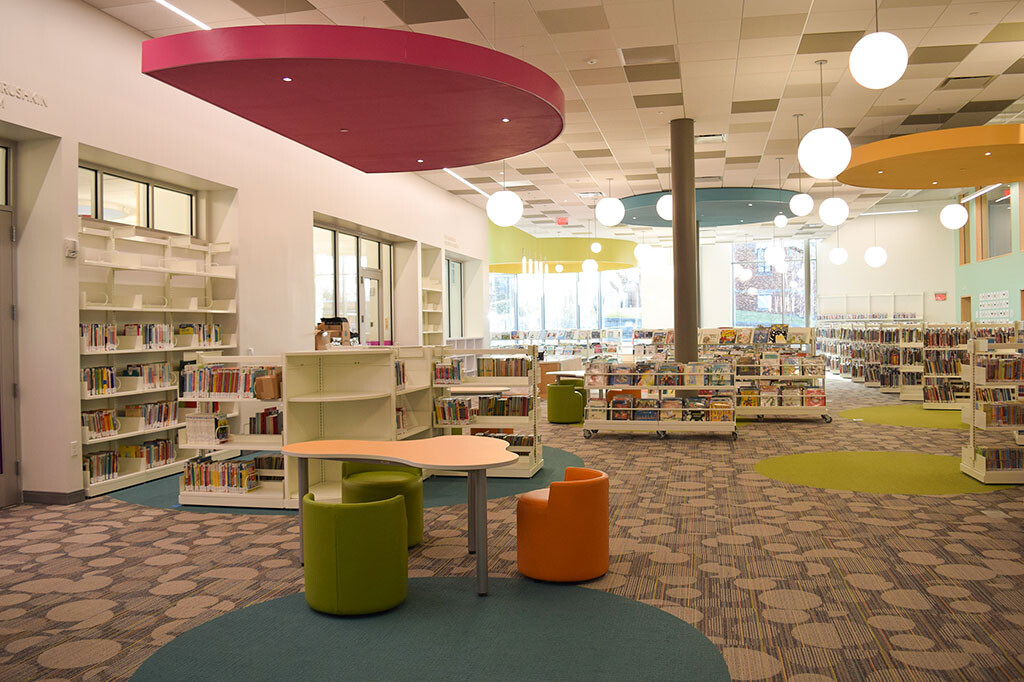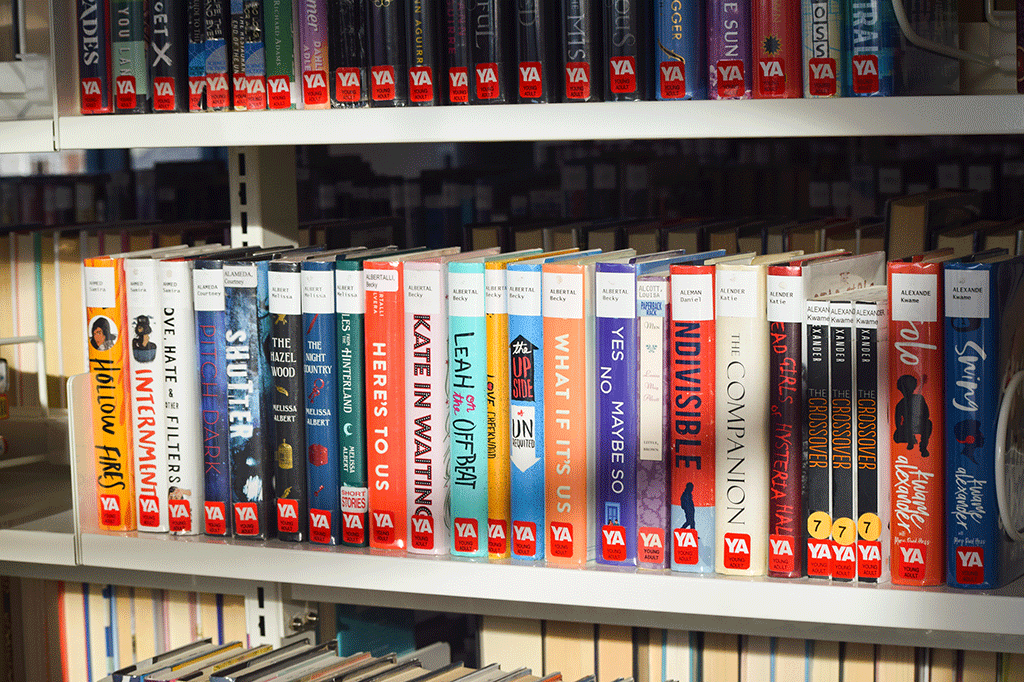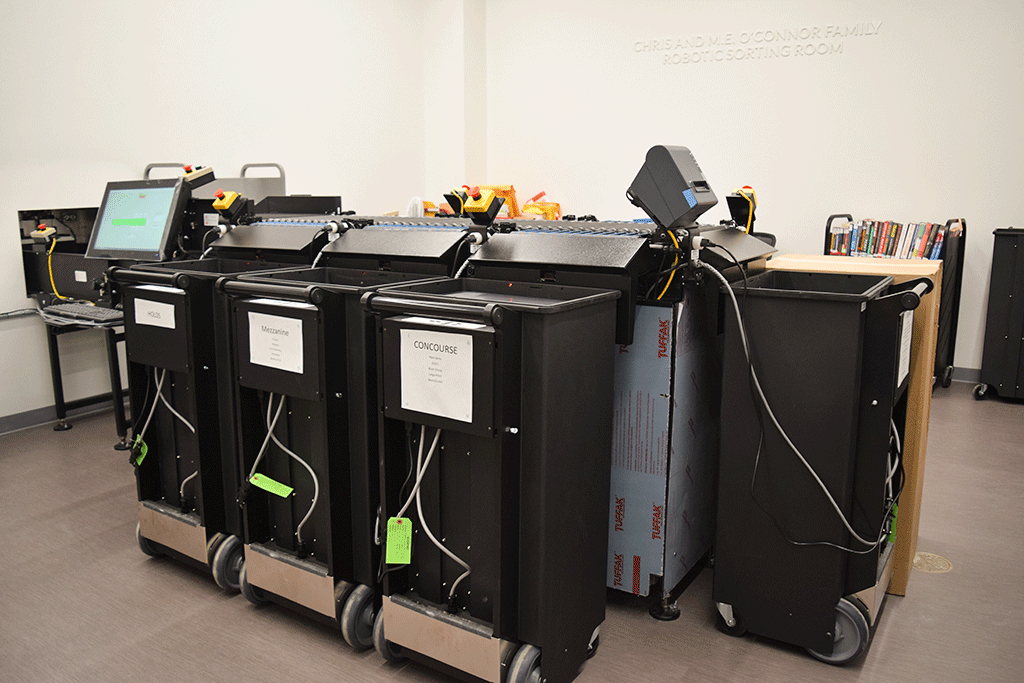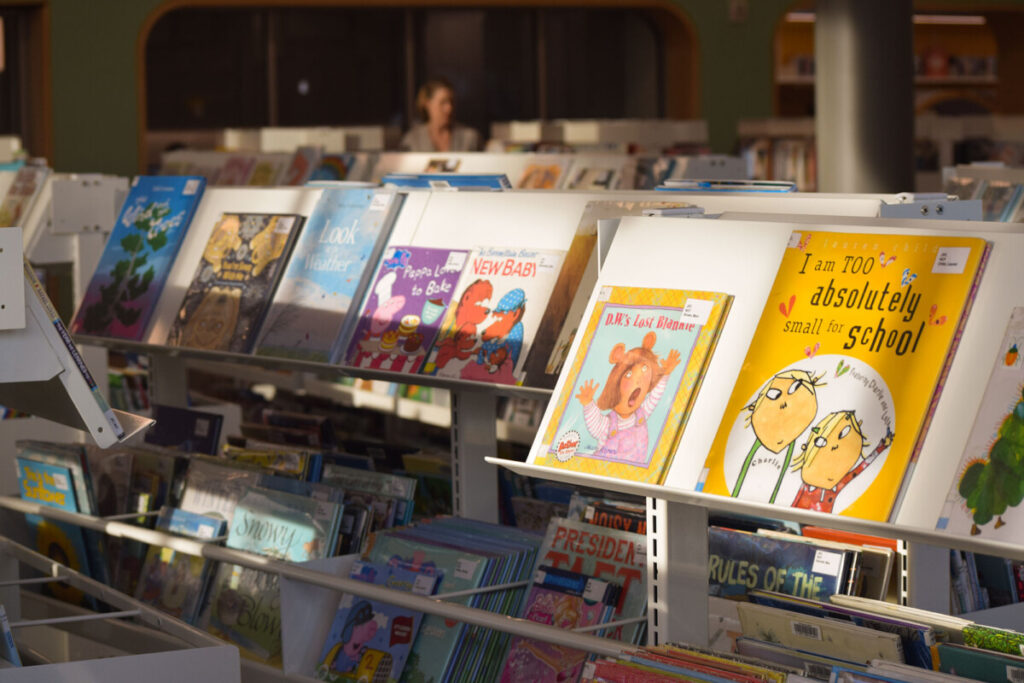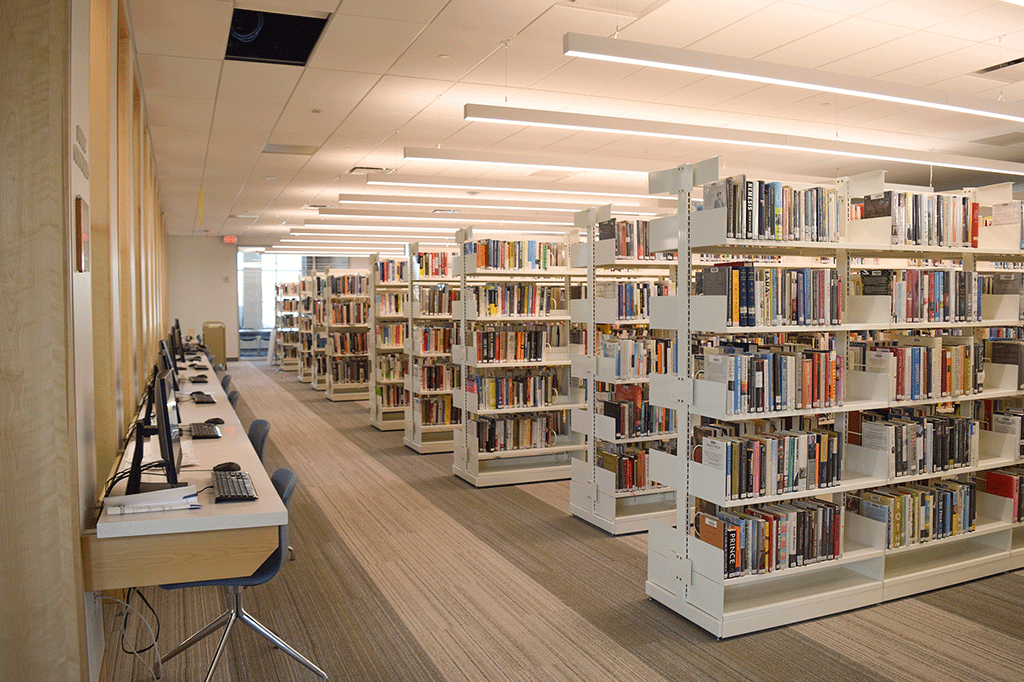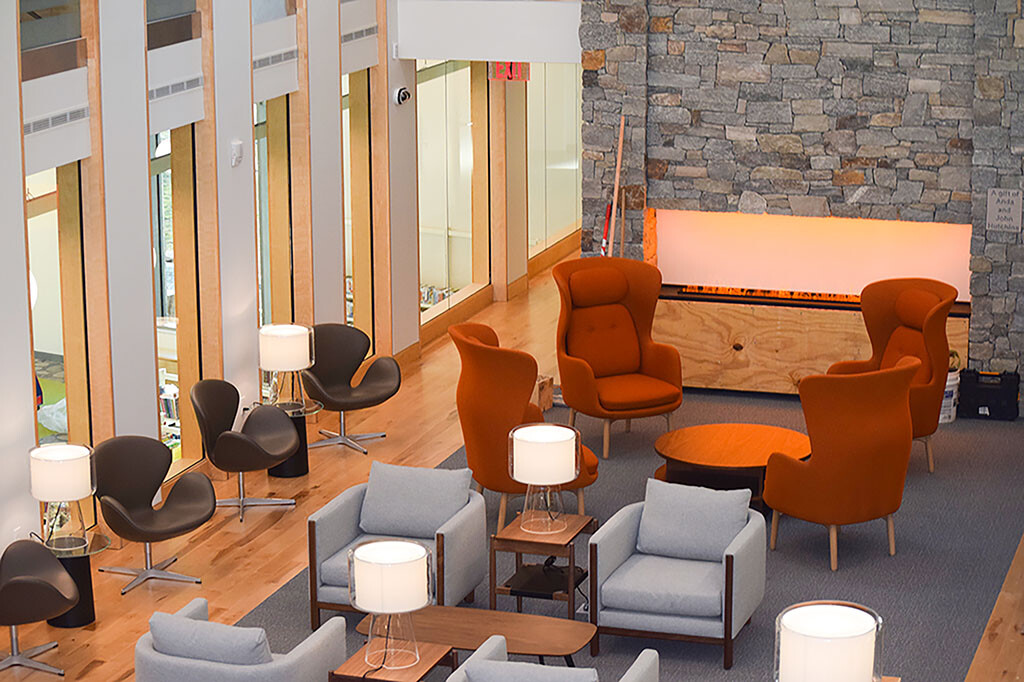Teddy Smedley and Melissa Rizzo, Centerfold Editors
@tsmedleycourant @mrizzo_courant
The New Canaan Public Library officially reopened its doors on February 14th, presenting an entirely new building to the public. If you haven’t read the Courant’s story on the event and how it may be an opportunity to reimagine reading, make sure to check it out! This blog will outline more specific details about the changes at the library in two categories, social and environmental.
Social:
- More program space in the children, tweens, and teens’ rooms
- New maker space
- More meeting rooms available for studying, tutoring, or collaborative study
- New cafe to be opened at a later date
- Picture book collection now facing cover-outwards to encourage selection by younger children
- Books sorted by category
Environmental:
“In 2023, our goal is to ensure that we are doing everything we can to make sure there is a habitable planet for future generations.” -Lisa Oldham
- Pozzotive
The concrete that the library is built of is a new kind of material called Pozzotive, which substitutes crushed glass for other toxic materials. The crushed glass used in the concrete was actually recycled in Connecticut.
- Frit Patterns
The patterns in the glass windows at the library serve several purposes. The organization of the patterns prevents birds from flying directly into it, and it also dissipates glare, and, by extension, excess light and heat in the library.
- Heating and Cooling Systems
The new heating and cooling systems can be controlled directly in each room, which is very different from the previous system at the library, which was more general. One area of the building can be cooled down without making another unbearably cold, and the heating system is also fully electric, which prevents heat loss.
- Plant Life
The Library is part of the Pollinator Pathway, which means that all of the plants in the children’s garden and the main green are native to Connecticut. This will benefit native bird species in New Canaan by providing them with food that they’ve adapted to eat, instead of plants that may be more aesthetically pleasing but are not edible to any of the native fauna.
- Cafe
The cafe that will be added to the library will be required to use reusable mugs or cups, and must also have sustainably sourced ingredients. Additionally, many of the library employees already use reusable water bottles.

